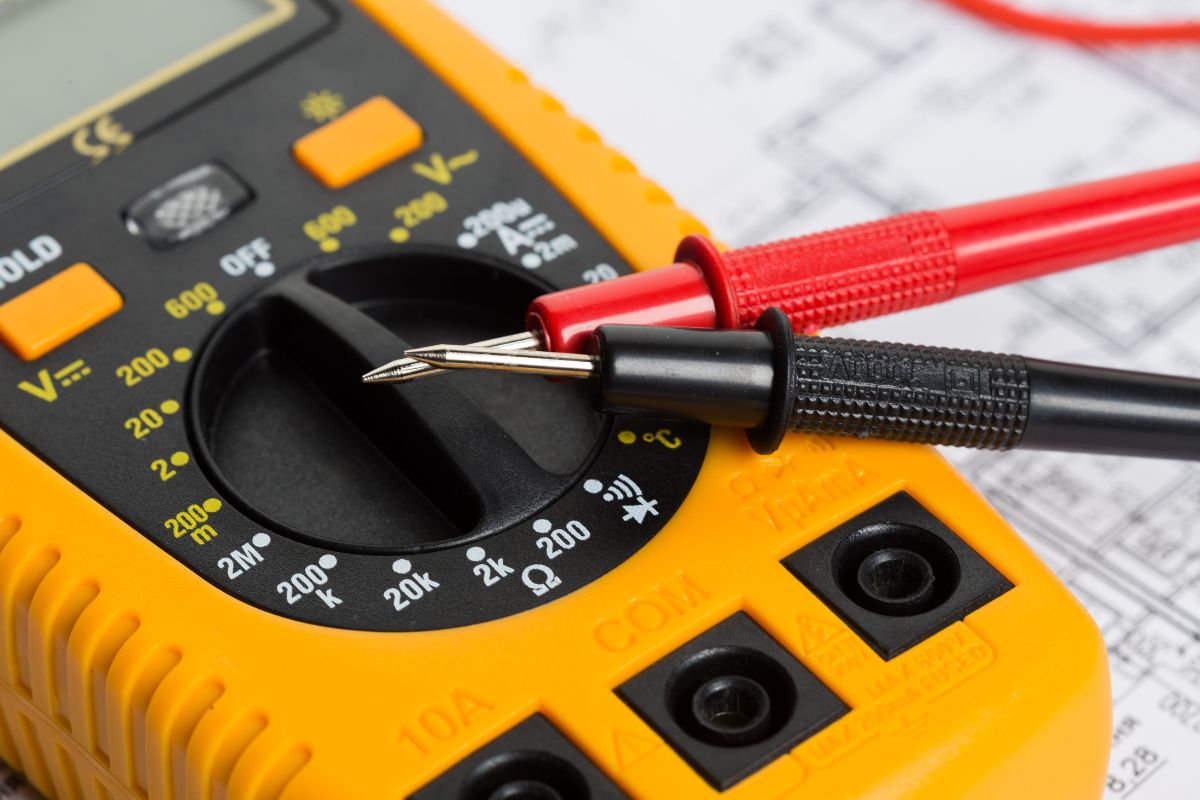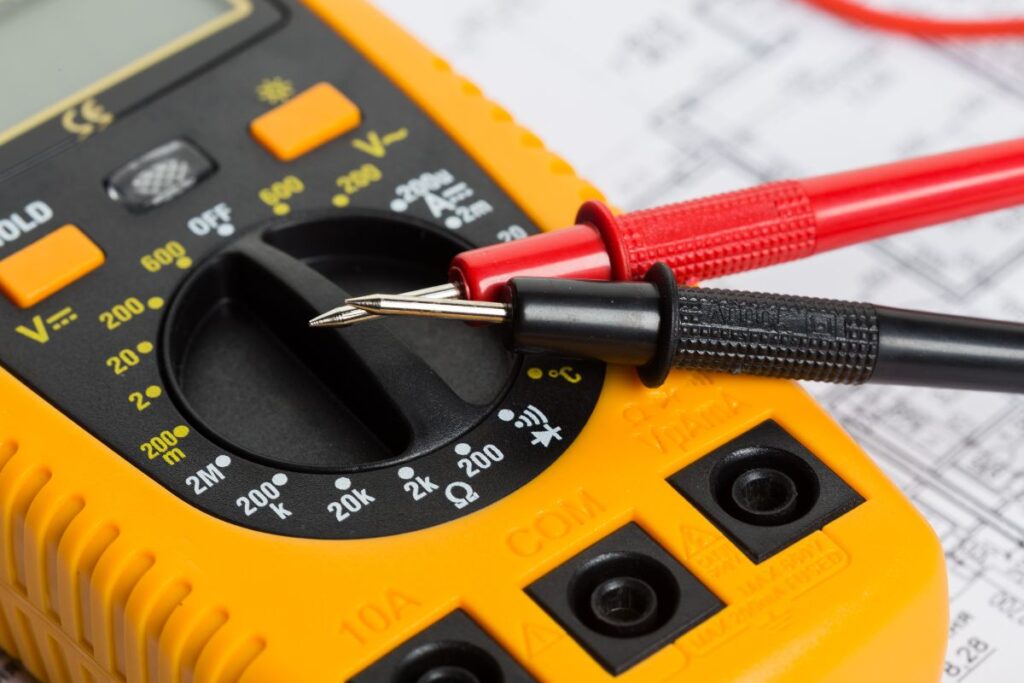If you’re setting up an electrical inspection for your home or company building, you may be wondering what the most common electrical mistakes found during the inspection are. Understanding the most common mistakes can help you identify what upgrades or replacements your electrical system may need.
At Fusion Electric, we provide expert electrical safety inspections to residential and commercial building owners across the Kansas City area. In this guide, we’ll discuss the most common mistakes we find during our inspections.
Ungrounded Outlets are Among Common Electrical Mistakes
We commonly find ungrounded outlets during electrical inspections of older homes and buildings. These outlets do not contain a ground wire that safely sends excess electricity into the ground. When an outlet is ungrounded, excess electricity may travel to the ground through you, rather than a ground wire, which can cause dangerous or even deadly shocks.
Adding a ground wire to outlets began phasing into US electrical codes in the 1960s. So, many homes older than the 1960s with original wiring may not be safely grounded. When we find this common electrical problem, our team at Fusion Electric always recommends upgrading the building with 3-prong, grounded outlets.
Extension Cord Use
The use of extension cords for household appliances presents fire and tripping hazards to people within the building. Often, during our inspections, we see extension cords used to connect large appliances to outlets.
However, many extension cords can not handle the power demand of appliances such as refrigerators, laundry machines, and ovens, and can quickly overheat, leading to a fire.
The long cords not only present tripping hazards but also are more prone to becoming damaged from exposure across a room. Damaged cords can also present shock and fire hazards.
Rather than using extension cords, we always recommend the building get upgraded to accommodate more outlets that are properly grounded and able to withstand the power demand of the appliance.
Common Electrical Mistakes Include Double-Tapped Wiring
Double-tapped wiring occurs when two wires or more wires are connected to a single circuit breaker inside an electrical panel. This practice is not up to the national electrical code and presents a fire and shock threat due to the risks of arcing and overheating.
Unfortunately, the practice of double-tapping wires into older electrical panels is fairly common among shoddy electricians and folks attempting DIY electrical work.
At Fusion Electric, whenever we find double-tapped wiring in electrical panels during an inspection we always recommend the panel is upgraded to accommodate more circuit breakers or a panel is installed that is engineered specifically to accept two wires per breaker.
No or Too Few GFCIs and AFCIs
Modern buildings should be equipped with ground fault circuit interrupters (GFCIs) and arc fault circuit interrupters (AFCIs) in applicable areas. In “wet” areas where water may be present, such as the bathroom, laundry room, kitchen, pool area, and garage, GFCIs prevent shock by immediately interrupting the flow of electricity when a shock hazard is detected.
AFCIs protect against fire from arcing and power surging in areas of the home that experience heavy power demand, such as a modern living room or kitchen.
Older homes may not be upgraded with GFCIs and AFCIs. If the building lacks them, at Fusion Electric, when we perform our electrical inspections, our team of licensed electricians always recommends installing these crucial safety features.
Call in the Pros at Fusion Electric
At Fusion Electric, we’re proud to offer our licensed, high-quality, modern electrical services to homes and businesses across the Kansas City area. If your residence or business may have these common electrical mistakes, contact us today for a thorough safety inspection.



